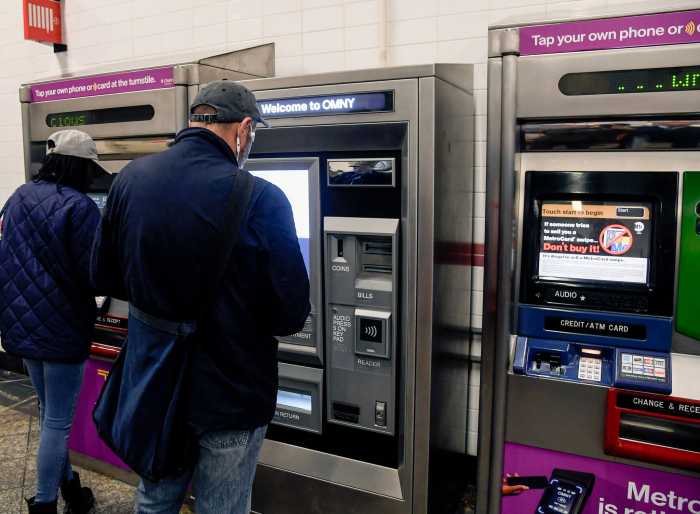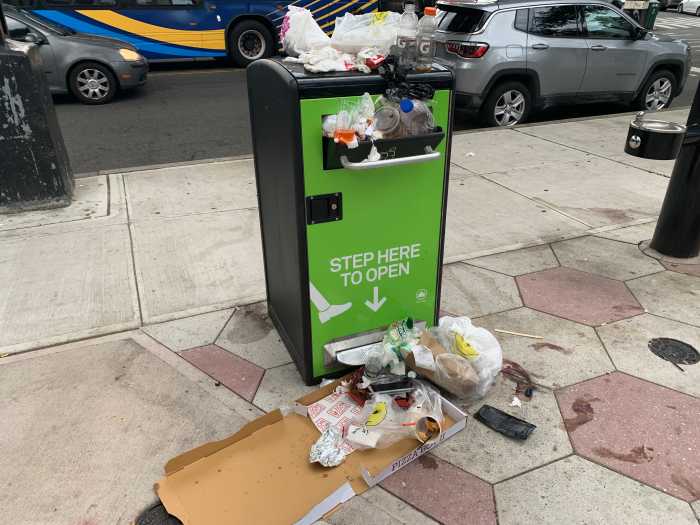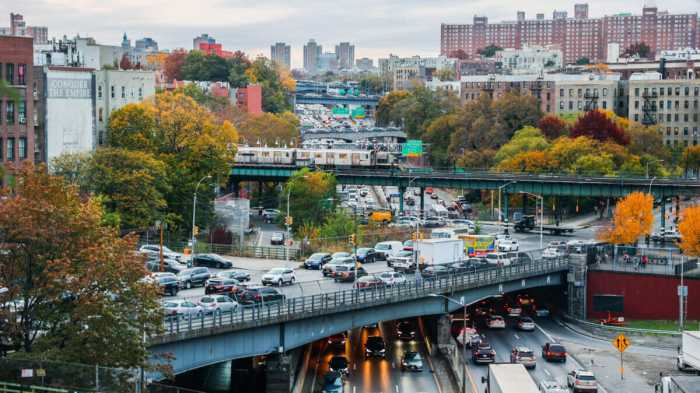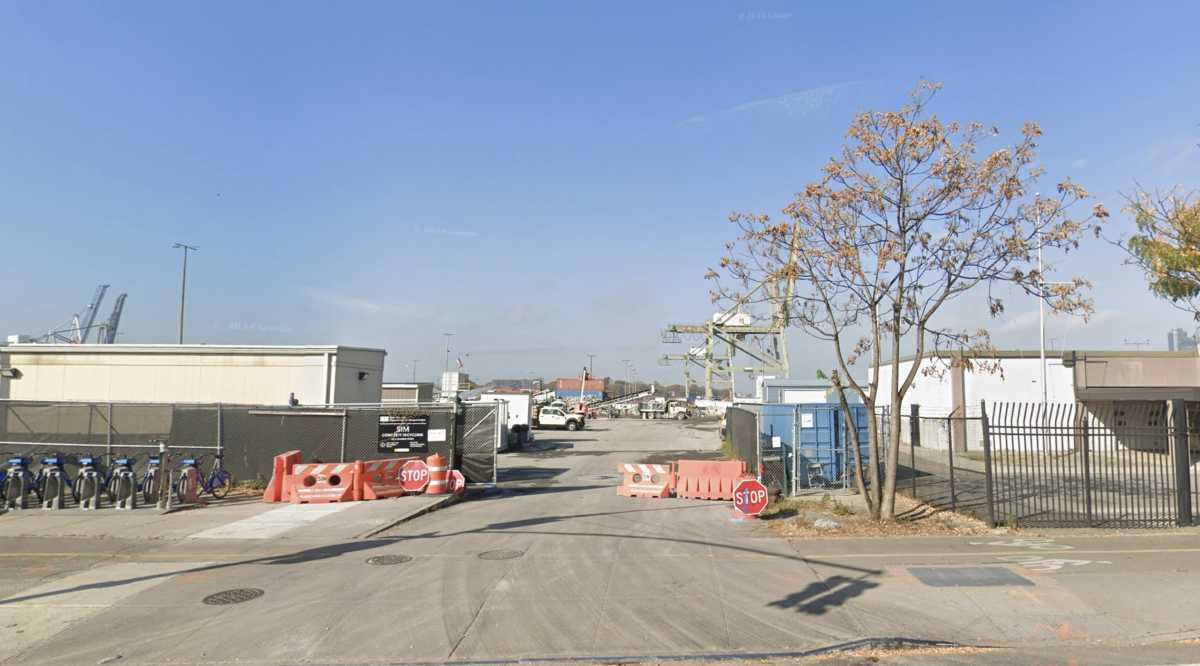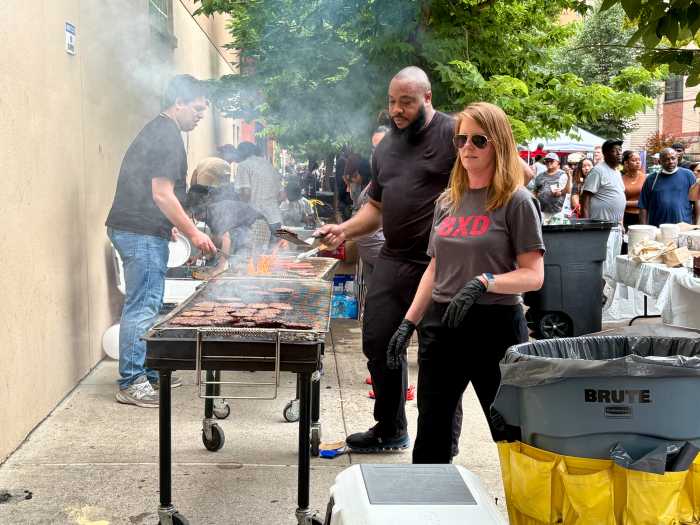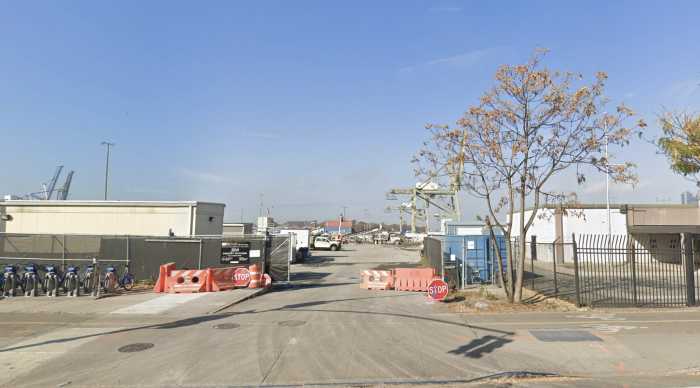Riders have nearly 500,000 reasons to be upset — that’s how many trains were late in 12 months, according to a new analysis.
The MTA also significantly lowered its goal for on-time trains this year — even though there was a spike in tardiness between 2013 and 2014, says the report by state Comptroller Thomas DiNapoli.
The number of on-time trains between March 2013 and 2014 fell from 80.5% to 74% on weekdays, and 85.4% to 81.2% on weekends. In both years, the MTA set a benchmark of having 91.9% of its trains on time — but then decided to drop its goal to 75% this past March, the analysis shows.
“The MTA has actually lowered its own expectations for addressing subway delays,” DiNapoli said.
A train is deemed punctual if it makes it from the beginning to the end of its line within five minutes of when scheduled.
“I experience delays often,” said rider Paulina Smietanka, 21, of Forest Hills. “I think everyday, somewhere from 5 to 20 minutes.”
The comptroller said none of the other major transit systems they looked at nationally had on-time performance goals below 90% — such as those in San Francisco, Boston, Philadelphia, and Washington, D.C.
The MTA changed its goal “to set a target that is both challenging and achievable,” wrote New York City Transit’s president Carmen Bianco to the comptroller.
Bianco also said the MTA sets aggressive on-time performance goals every year, and that it faces much more challenging conditions than other U.S. transit systems.
The No. 4 train had the worst on-time performance, with only 49.2% of its trains punctual — while the L was the best at 93.7%, the analysis also found.
Other lines, like the No. 7, also did well, at 88.2%.
Some riders were skeptical.
“I’ve never had a delay on the 4 train,” said lawyer Cecilia Ehresman, 24, of Williamsburg, who takes the L from Bedford Avenue to Union Square and No. 4 to Wall Street.
“If anything, I would’ve guessed that the opposite of what the report said was true.”
Hayes Peter Mauro, a Sunnyside resident who helps run a social media group called 7 Train Blues, said he agreed with the report’s premise but believes his line has fallen off since then.
“As of this year, I’m thinking that the performance cannot be that good,” he said. “There seems to be no overriding MTA plan to overcome delays — they keep persisting and we would like to work with the MTA in bringing about change.”
Nsangi Kariamu, 21, of Bushwick, agreed and said the L is very reliable.
“Everytime I’ve ridden the L train, I’ve never seen any delays,” she said. “Sure, I’ve waited a long time for it, but it always comes when it says it’s going to come.”
The MTA said it strongly disagreed with the comptroller’s analysis and that what is most important to look at how long riders wait on platforms — not whether the train is on time.
Sometimes the MTA holds trains in the stations for even service
An MTA spokeswoman said the agency judges train service on the time riders are waiting at the platform.
“We manage and measure subway service based on those wait times, not on-time performance at the end of a subway terminal,” said MTA spokeswoman Amanda Kwan. “Improving wait assessment may have a negative effect on on-time performance, but it is the right thing to do for our customers.”
The MTA does not have system wide goals for how long people wait on platforms — but tries instead to meet a wait standard it sets that varies by line.
The agency also added that it does value punctual trains — even if it is more focused on even waits.
“On-Time Performance is still an important management measure for Subways, but our primary service delivery focus is on evenness of service,” the MTA said in a statement. “That’s why we consider wait assessments to be a better measurement of service quality.”
The analysis also revealed that 40% of subway delays in 2014 were caused by overcrowding and sky-high ridership. More people are packing into trains now than since World War II.
The MTA has been fighting these delays with a plan that includes step-aside boxes at stations to move trains in and out faster, shorter announcements, and staging workers to respond quickly to signal problems and other disruptions.



